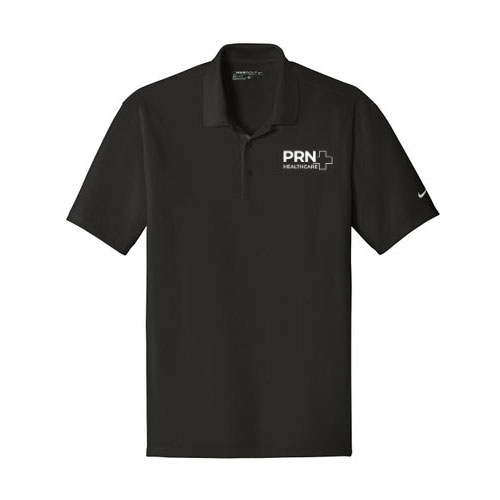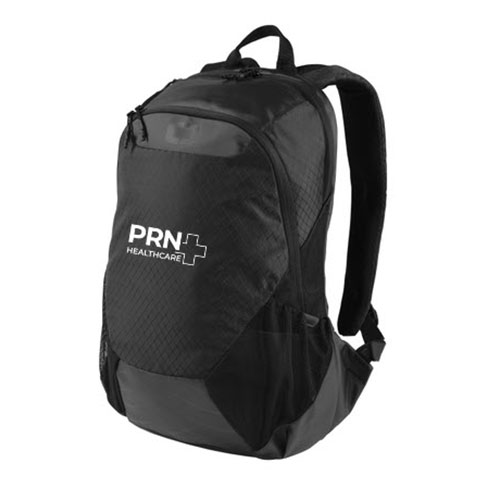Table of Contents
Why a good resume is essential when applying for a new PT jobHow long should the PT job Resume be and what information should be included?Points that need to be included in a resumeA PT’s resume should highlight a combination of medical, clinical, interpersonal, and leadership skills. Here are some important and relevant skills to include:Why a good resume is essential when applying for a new PT job
A well-crafted and effective resume is important for securing a position as a Physical Therapist. Your resume is your first introduction to an employer and should be used as a tool to showcase your professional qualifications, skills, and experience. A compelling resume is your initial point of contact with a potential employer and should be written to make a lasting impression.
Your resume should be detailed, yet concise, and should highlight your doctorate degree (DPT), and any relevant specialized training. It is used to communicate your proficiency in patient care and to differentiate you from the field of competitive candidates.
We will provide a few important tips and an example of a template resume to help improve your resume/CV and secure a job interview.
How long should the PT job Resume be and what information should be included?
A physical therapist’s resume should be comprehensive and concise. You should provide just enough information to showcase your qualifications, skills, and experience. Generally, a resume should be around two to three pages in length, but your content should be prioritized over the length.
The following information should be included in your resume: contact information, resume summary or objective, education, licensure, clinical experience, skills, research and publications, teaching and academic roles, professional membership, continuing education, and any honors and awards.
Points that need to be included in a resume
Contact Information: Include your full name, professional title, phone number, email address, and LinkedIn profile (if applicable).
Pro Tip: Your name should be highlighted with the biggest text on the page and listed near the top. Your address should only include city and state. The provided email should be a professional email, but not an employer email. (Never use your current job email for a resume.)
Resume Summary or Objective: Provide a brief, targeted statement summarizing your expertise, career goals, and what you offer as a physical therapist.
Education: Include your educational background, including the name of the institution, degree earned, and graduation date. List your education in reverse chronological order with your most recent and highest degrees first. List your doctorate degree and training.
Pro Tip: If you are a new graduate, you may want to place the education section above the experience section. As you gain work experience, your education section should be shortened. If you have not graduated, you can add “expected graduation date” to the school.
Certifications and Licenses: Specify your physical therapy license and any relevant certifications.
Clinical Experience: Include your work history in reverse chronological order. For each position, include the name of the hospital or clinic, location, and dates of employment. Highlight any specialized procedure or technique you have experience performing.
This is the most important section as a PT. Your professional experience should be presented in bullet points and a separate section should be created for each relevant previous job. The headline for each previous job experience section should be in bold with the addition of the time you were employed. Beneath the company name, the position should be mentioned, and the bulleted points should list the job responsibilities.
Pro Tip: It is important to mention not only the job responsibilities but also the achieved results at that job.
Research and Publications: List any research projects you’ve been involved in and publications that you have authored or co-authored.
Presentations and Conferences: Include any conferences or seminars where you have presented your work or research findings.
Skills: Outline both your technical and interpersonal skills that are relevant to anesthesiology. Include your proficiencies in relevant technology or subspecialties, such as cardiovascular & pulmonary or orthopedic.
Professional Memberships: List any physical therapy associations you are a part of.
Awards and Honors: Highlight any special recognition or awards you have received for your contributions to the profession.
Professional Development: Showcase ongoing education, training, and workshops that you have attended to stay current in the field.
Note: If applicable, mention any languages that you are proficient in.
A PT’s resume should highlight a combination of medical, clinical, interpersonal, and leadership skills. Here are some important and relevant skills to include:
Medical Skills:
- Demonstrate an understanding of the human body and musculoskeletal system.
- Knowledge of disease processes and how they affect physical function.
Medical Equipment Proficiency:
- Skilled in using medical devices and equipment like goniometers, dynamometers, and electromyography.
- Knowledge of operating ultrasound machines, TENS units, and hydrotherapy equipment.
Clinical Skills:
- Diagnosis and treatment of patient’s physical conditions through observation, physical exam, and medical history.
- Expertise in various treatments including manual therapy, exercise therapy, and electrotherapy.
- Knowledge regarding the development and implementation of rehabilitation programs.
Teamwork and Communication Skills:
- Collaboration with colleagues including doctors and other specialists.
- Work in coordination with the medical team in the clinic or during therapy.
Leadership:
- Leadership among the team and in the clinic.
- Mentorship and teaching physical therapy students.
Decision-Making:
- Ability to make informed and timely evaluations.
- Judgement to choose the most appropriate treatment.
Research and Academic Skills:
- Experience in conducting and publishing research.
- Involvement in academics including teaching and presenting at conferences.
Continuous Learning:
- Commitment to professional development and remaining current with advancements in healthcare.
- Attendance at relevant conferences and workshops.
- Proficiency in a specialized area like pain, neurological, or cardiopulmonary.
Communication Skills:
- Effective communication with colleagues, patients, and their families.
- Detailed documentation of patient records.
Time Management:
- Efficient time management during clinic time and procedures.
- Ability to balance multiple responsibilities and prioritize tasks.
Advocacy/ Quality Improvement:
- Advocating for patients, the profession, and improvements in healthcare policies and practices at the institutional, local, and national levels.
- Leading and participating in quality improvement initiatives aimed at improving patient care and implementing solutions.
Pro tip
It is common for each job post to receive hundreds of applications and a resume-checking system is often in place for recruiters to filter through relevant applications. You should customize your resume to each specific physical therapy job you are applying for. Be sure to emphasize your relevant skills and experience to demonstrate to the employer you understand the requirements of the job and are the best candidate. You will be more successful if you identify the key phrases in the job description and incorporate them into your resume.
Resume example-template
You can find a template resume for a physical therapist on LiveCareer.com. You can also build, view other similar resumes, and customize your resume on their site.




